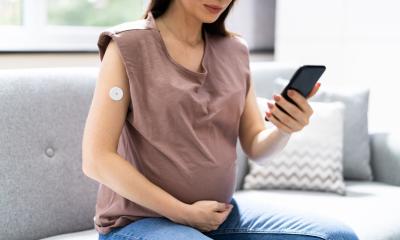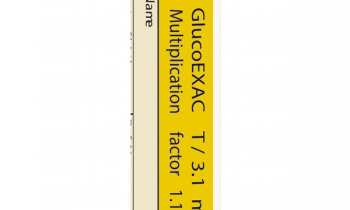Patient monitoring devices
In 2009, the continuous glucose monitoring (CGM) market earned manufacturers $23.5; this is forecast to reach $52.0 million in 2016, according to a new analysis from Frost and Sullivan (F&S). For the study the markets covered by region are Benelux, Germany, France, Italy, Scandinavia, Spain and the United Kingdom.
The primary factor contributing to the growth is the need for an easy-to-use and patient-friendly glucose-monitoring device, F&S reports: The traditional method of monitoring glucose was difficult and inconvenient for patients. Convenient, patient-friendly and affordable devices that facilitate superior therapy management for diabetes are needed, Akanksha Joshi, F&S Senior Research Analyst, points out.
Western Europe’s growing aged population has increased the incidence of fatal diseases (cardiovascular, diabetes, stroke) spurring the need for regular monitoring of patients’ glucose levels and pioneering technology at considerably lower rates.
However, CGM is not reimbursed and the per sensor cost is steep: ‘The traditional finger-stick method offers glucose monitoring solution at much lower rates and is reimbursed all across Europe,’ the F&S analyst points out, but adds: ‘While using a CGM the patient has to buy a starter kit and pay for the disposable sensors year-on-year, making the method of treatment more expensive.’
Nonetheless, collaboration with established local companies will help manufacturers to provide effective services and, at the same time, maintain profit margins, the report continues. ‘Integration of continuous glucose monitors with insulin pumps will pave way for reimbursement options for manufactures, thus reducing the total cost incurred by patients,’ the report reasons. ‘To enable the market participants to include such systems in the reimbursable category, significant clinical evidence suggesting that the device is essential for the patient’s well-being is required. Moreover, when CGM is integrated with insulin pumps, the product will become reimbursable, as it is likely to fall under the medically essential classification of insurance agencies.’
Report details: www.patientmonitoring.frost.com
07.07.2010











